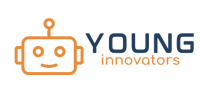4 Skills Your Child Needs That Aren’t Taught in School
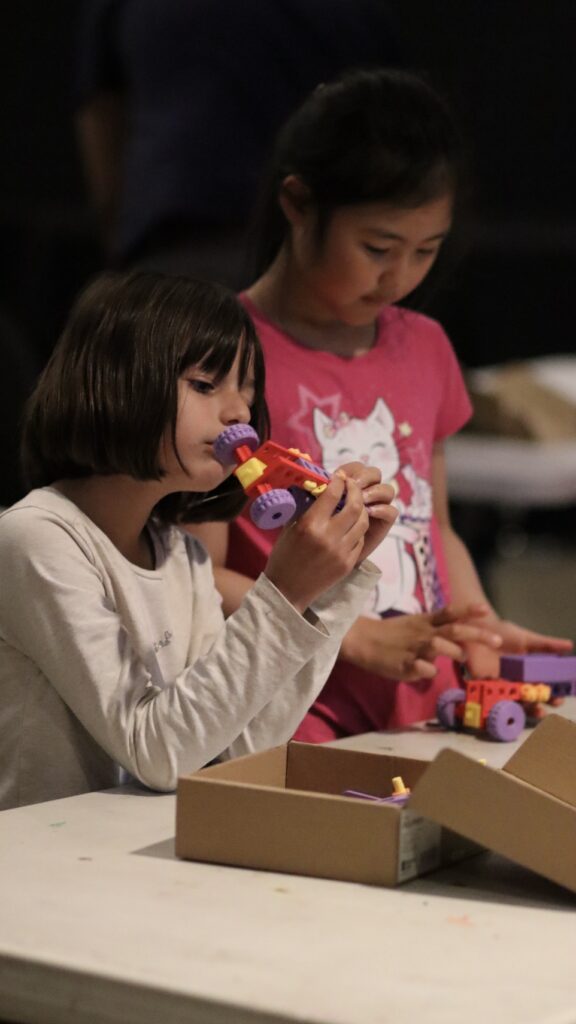
As parents, we watch the world change at a dizzying pace. The jobs our children will hold one day might not even exist yet, and the tools they’ll use are still being invented. While the core curriculum at school provides a vital foundation, there’s a growing gap between what’s taught and the skills needed to thrive in tomorrow’s world.
So, how do we prepare our kids for a future we can barely imagine? By focusing on the durable, future-proof skills that empower them to adapt, create, and solve problems no matter what comes their way.
Here are four critical skills your child needs to develop, and how specific, hands-on learning experiences are the key to building them.
1. Computational Thinking
What it is: Computational thinking is a structured way of solving problems. It’s the thought process behind programming, but its applications are far wider. It involves breaking down a complex problem into smaller parts (decomposition), recognizing patterns (pattern recognition), focusing on the important details only (abstraction), and designing a step-by-step solution (algorithmic thinking).
Why it’s critical: Automation and AI may handle routine tasks, but human creativity and ingenuity will always be in high demand. The future belongs to the innovators, the designers, the storytellers, and the entrepreneurs—all of whom are master problem-solvers.
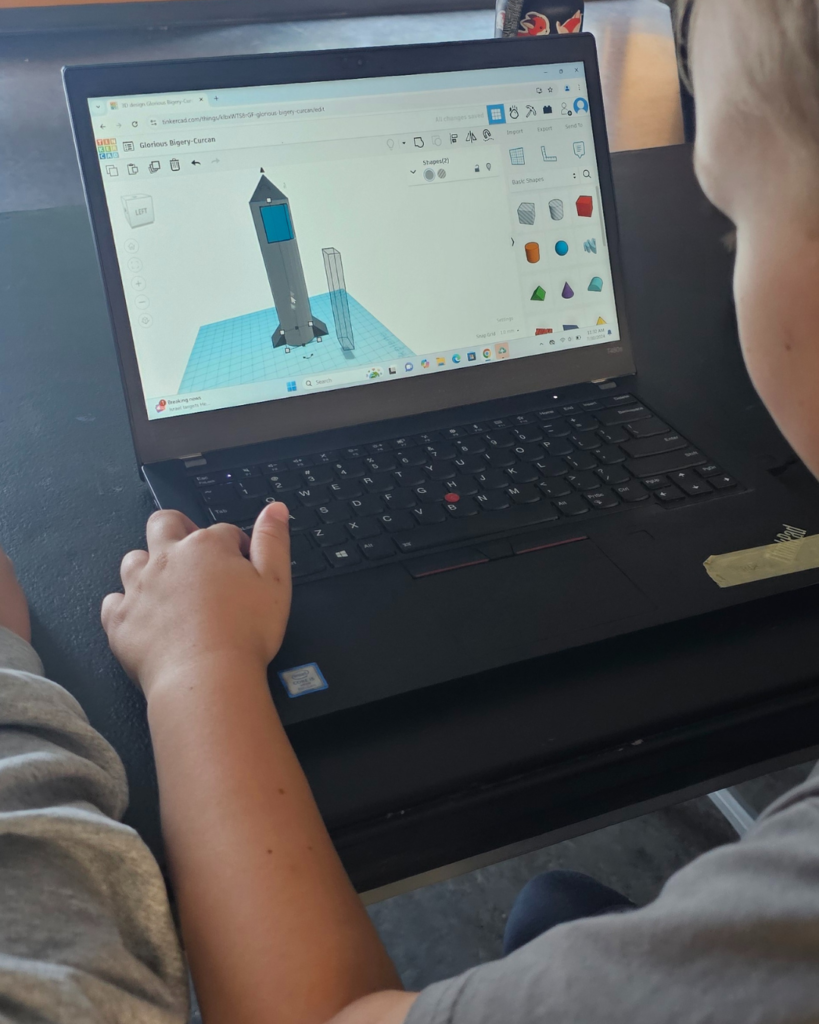
How to Build It: This skill is developed through practice, not theory. It can happen when a child is tasked with making a robot move, designing the logic for a quiz app, or solving a complex puzzle in code.
This is the core of our after-school programs in White Rock, Delta, Langley, Abbotsford, and Mission, BC. We introduce students to design, coding, and engineering concepts through projects they love, forcing them to think sequentially and logically. They don’t just learn software; they learn how to think like a problem-solver.
2. Digital Literacy
What it is: This goes far beyond knowing how to use a tablet or scroll through social media. True digital literacy encompasses understanding how digital tools function, how to create with them, and how to evaluate online information critically. Citizenship involves navigating the online world safely, ethically, and responsibly.
Why it’s critical: Our children are digital natives, but that doesn’t automatically make them savvy or safe. This skill protects them and empowers them to use digital tools effectively for learning and innovation. As this article says, “While digital literacy cannot prevent students from facing safety challenges online, it can empower them with important knowledge, tools, processes and resources to help protect their safety and privacy as much as possible.”
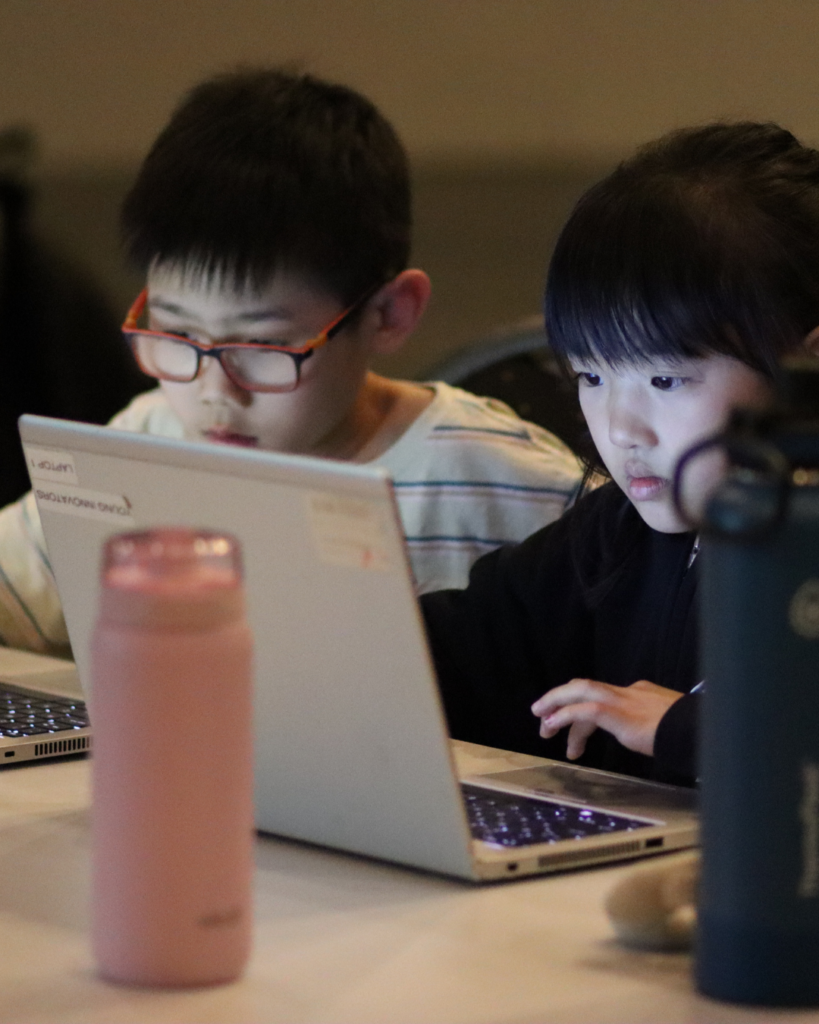
3. Adaptability

What it is: The ability to pivot when things don’t go as planned, to learn from failure, and to persist in the face of challenges. It’s embodied by a “growth mindset”—the belief that abilities can be developed through dedication and hard work.
Why it’s critical: In a rapidly evolving world, the only constant is change. Children who are afraid to fail will avoid risks and struggle with new challenges. Those who see failure as a learning opportunity become resilient adults who can weather any storm and pivot to new opportunities.
How to Build It: This is cultivated in environments where trial and error is part of the process. When a coding project doesn’t work as intended, a child must debug, adapt, and try again. This process reframes “failure” as “debugging.”
This is a daily exercise in our 3D printing after-school programs in Delta, Langley, and Mission, BC. After students first print their creations, they sometimes discover that their prints have structural or cosmetic issues. Instead of giving up, though, they are gently encouraged to refine their designs and try again. With this process, they learn that perseverance and adaptability are the most important tools in an innovator’s toolkit.
4. Collaboration
What it is: The skill of working effectively with others towards a common goal, especially in digital environments. This includes clearly articulating ideas, actively listening, providing constructive feedback, and integrating diverse perspectives.
Why it’s critical: The most complex future problems won’t be solved in isolation. They will require teams of people with different skills working together, often across global digital platforms. Being a collaborative team player is non-negotiable.
How to Build It: This is learned by working on projects in teams.
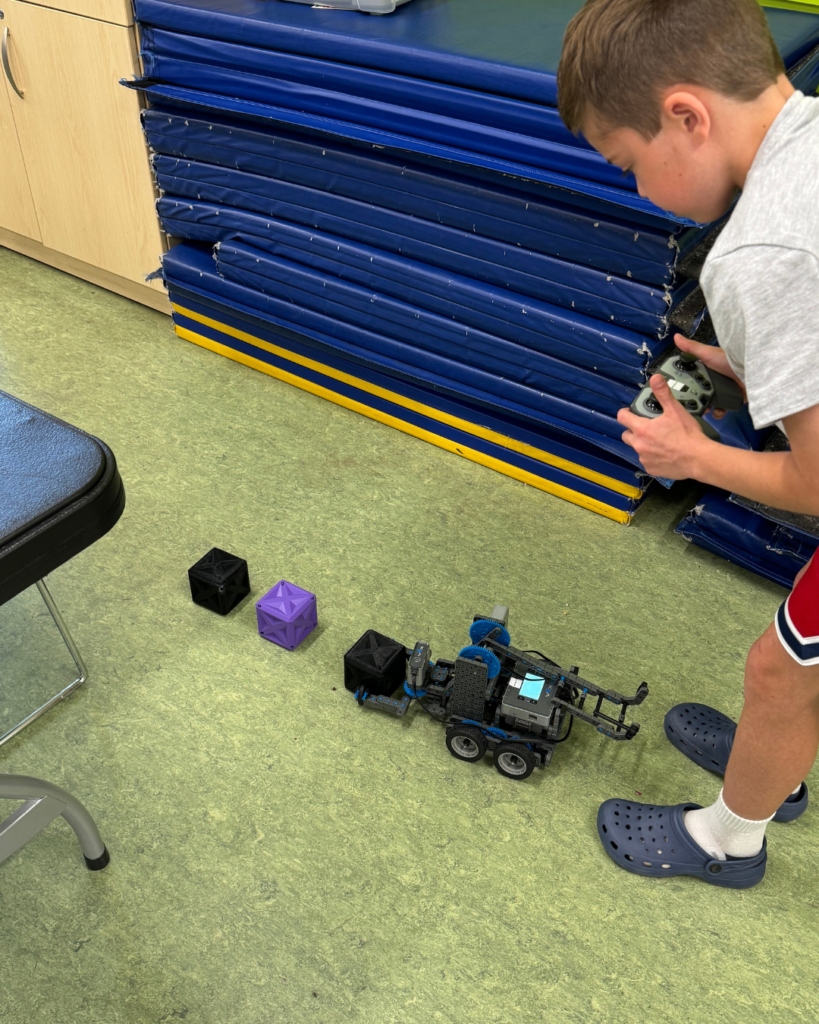
All of our robotics programs for kids are collaborative in nature. For example, in our Battle Bots after-school program in White Rock, students work in teams to design, build, and drive a VEX robot. On the last day of class, they will compete in an epic showdown against the other teams! It has been extremely rewarding to see students who initially didn’t get along overcome their conflicts and ultimately win their Battle Bot competitions.
The Best Preparation is to Start Building
The common thread weaving these four skills together is active creation. We can’t just talk about these skills; we have to give our children the tools and the environment to practice them. At Young Innovators, we’ve built our entire ecosystem around this principle. Our project-based programs are designed to be a fun and engaging workshop for these essential future-proof skills. We provide the expert guidance, the cutting-edge tools, and the collaborative space where kids can truly learn by doing.We believe the best way to prepare for the future is to start building it today. Ready to see which program is the right fit for your kid? Explore our range of programs below.
White Rock
North Delta
Tsawwassen
Langley
Abbotsford
Mission
